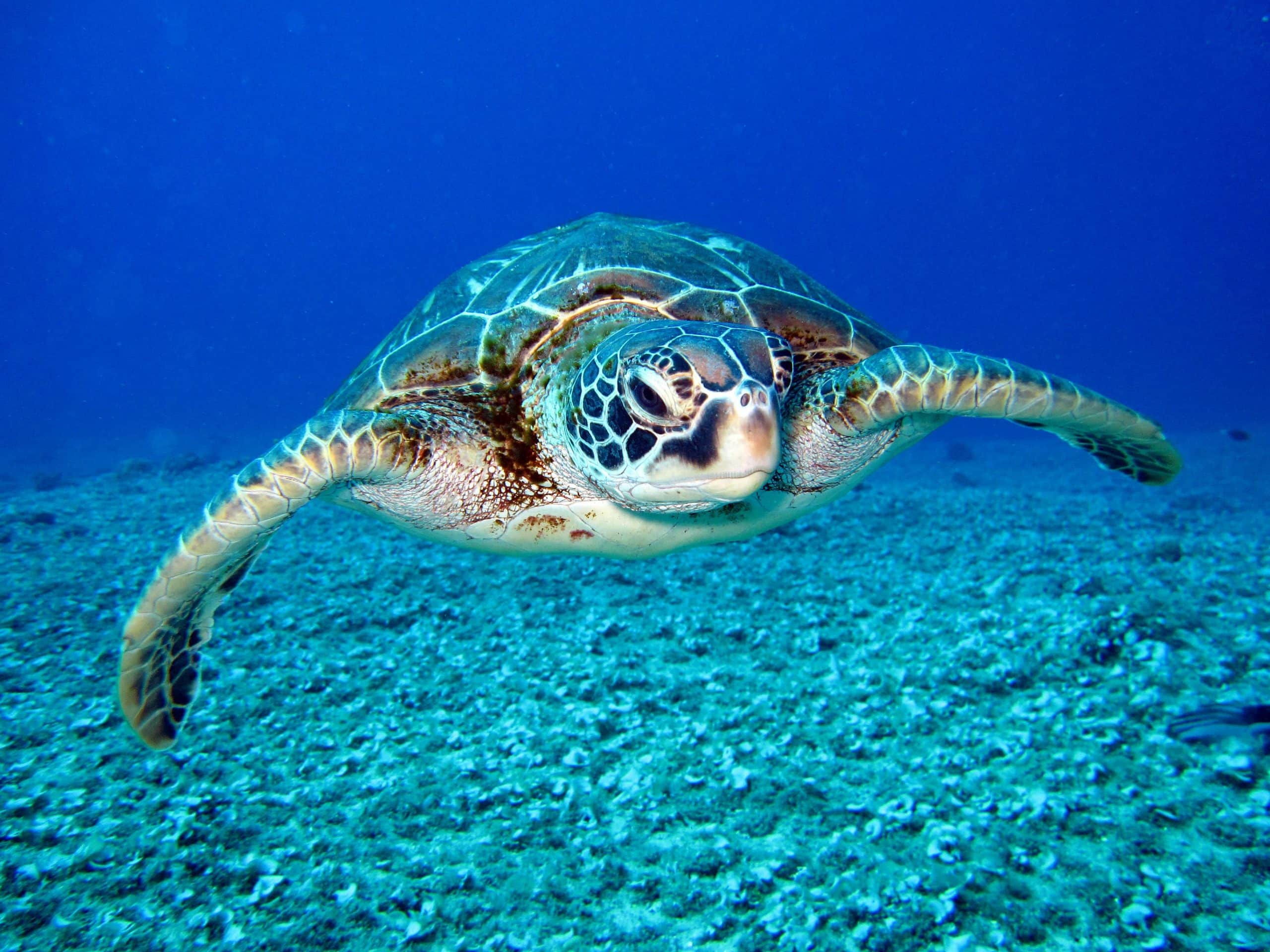How Can You Tell if Your Tortoise Is Getting the Right Amount of UV Light?

In the world of pet care, maintaining the right living conditions for your beloved creatures is essential. When it comes to tortoises, they require very specific conditions to stay healthy and happy. One of these requirements is the right amount of ultraviolet (UV) light. But just how can you tell if your tortoise is getting the right amount? This article delves deep into this subject, offering you insights and practical advice to ensure your pet’s well-being.
Understanding the Importance of UV Light for Tortoises
Before diving into how to tell if your tortoise is getting the right amount of UV light, let us first understand the importance of UV light for these extraordinary creatures.
Sujet a lire : What Are the Key Elements of a Raw Food Diet for Siberian Huskies?
Tortoises, like many reptiles, require exposure to UV light to synthesize vitamin D3. Vitamin D3 is vital for the absorption and metabolism of calcium. Without sufficient exposure to UV light, a tortoise can develop serious health issues like Metabolic Bone Disease, which can severely impair growth and overall health.
In the wild, tortoises bask in natural sunlight, which provides both UVA and UVB light. In captivity, however, they rely on us to meet their UV requirements through artificial means.
A découvrir également : How to Create an Effective Noise Desensitization Schedule for Noise-Averse Dogs?
Identifying the Signs of Adequate UV Light Exposure
A tortoise that is receiving enough UV light will exhibit certain signs. Here are some indicators to look out for:
-
Healthy Appetite: A tortoise with adequate UV light exposure typically maintains a healthy appetite. If your tortoise is eating well and shows interest in its food, this can be a good sign.
-
Active Behavior: Tortoises that get enough UV light tend to be more active. If your tortoise is lethargic or unwilling to move, this could be a sign of inadequate UV light.
-
Solid Shell: A tortoise that is getting enough UV light will have a solid, healthy shell. Soft or deformed shells can be indicative of a lack of UV light.
-
Good Growth Rate: A tortoise that is growing at a good rate is likely getting enough UV light. Slow growth or stunted growth can be an indication of insufficient UV exposure.
Recognizing the Signs of Insufficient UV Light
Just as there are signs of adequate exposure, there are also signs that your tortoise may not be getting enough UV light. These signs can be subtle, so it is important to monitor your tortoise’s condition closely.
-
Loss of Appetite: One of the most common signs of insufficient UV light is a loss of appetite. If your tortoise begins to eat less or show a lack of interest in food, this could indicate a problem.
-
Lethargy: A lack of energy or lethargy can also be indicative of insufficient UV light. Turtles with inadequate UV exposure may sleep more and be less active.
-
Shell Deformities: If a tortoise is not getting enough UV light, the shell may become soft or develop deformities. This is due to a reduction in the synthesis of vitamin D3, which is vital for calcium absorption and shell health.
-
Slow Growth: Another sign of insufficient UV light is slow or stunted growth. If your tortoise is not growing at the rate it should, this could be a sign of inadequate UV exposure.
Ensuring Your Tortoise Gets Adequate UV Light
How do you ensure that your tortoise gets the right amount of UV light it needs? Here are some tips:
-
Use a UVB Lamp: Since tortoises in captivity cannot receive sunlight, a UVB lamp is essential. These lamps provide the UVB light that tortoises require for vitamin D3 synthesis.
-
Position the UVB Lamp Correctly: The UVB lamp should be positioned at the right height above your tortoise’s enclosure. Too high, and the UVB light will not reach the tortoise. Too low, and it could risk overheating or burning your pet.
-
Replace UVB Lamps Regularly: UVB lamps lose their effectiveness over time. To ensure your tortoise is consistently getting enough UV light, replace these lamps every six months, or as recommended by the manufacturer.
-
Allow Outdoor Basking: If the climate and conditions allow, consider giving your tortoise some time outside under direct sunlight. Just remember to provide shade and water to prevent overheating and dehydration.
By understanding the importance of UV light for your tortoise, recognizing the signs of adequate and inadequate exposure, and implementing measures to ensure your pet gets the right amount, you can contribute significantly to the well-being and longevity of your tortoise. Always consult with your veterinarian or a reptile expert if you have any concerns about your tortoise’s UV light exposure.
The Role of Diet in UV Light Absorption
A tortoise’s diet can play a significant role in how effectively it can absorb and utilize UV light. Some foods, such as dark leafy greens and certain fruits, are high in vitamin D and calcium, which work in tandem with UV light to support your tortoise’s health.
Feeding your tortoise a balanced diet rich in these nutrients can enhance the effectiveness of UV light absorption. It’s important to note that while a good diet can complement UV exposure, it shouldn’t be considered a replacement for UV light. This is because the vitamin D that tortoises obtain from their diet is not enough. They still need exposure to UV light in order to synthesize enough vitamin D3.
Additionally, certain dietary supplements, such as calcium powder and multivitamins, can be added to your tortoise’s diet to ensure it’s getting all the necessary nutrients. However, always consult with a veterinarian before introducing any new supplements to your pet’s diet.
Here are some diet tips for your tortoise:
-
Variety of Foods: Feed your tortoise a variety of fruits, vegetables, and leafy greens to provide a balanced diet. Avoid feeding your tortoise the same food every day.
-
Dietary Supplements: Consider using dietary supplements to make up for any nutritional deficiencies. Calcium and vitamin D supplements can be particularly beneficial.
-
Avoid Overfeeding: Overfeeding can lead to obesity and other health problems in tortoises. Watch your tortoise’s weight and adjust its diet as necessary.
Conclusion: Maintaining a Healthy Environment for Your Tortoise
In conclusion, ensuring your tortoise is getting the right amount of UV light is of paramount importance for its health and well-being. It’s not just about setting up a UVB lamp and leaving it at that. You need to monitor your tortoise’s behaviour, growth, and overall health to ensure it’s getting adequate UV exposure.
If you notice signs of insufficient UV light, such as loss of appetite, lethargy, shell deformities, or slow growth, take immediate action. Adjust the positioning of the UVB lamp, replace it if it’s old, and consider allowing your tortoise some time outside under direct sunlight.
Remember, your tortoise’s diet also plays a big role in its health. A balanced diet rich in vitamins and minerals can complement UV exposure and help your tortoise stay healthy.
Maintaining the right living conditions, including adequate UV light exposure, is crucial in ensuring your tortoise lives a long, healthy life. Always consult with your veterinarian or a reptile expert if you have any concerns about your tortoise’s health. Your tortoise is dependent on you for its well-being, and with the right care and attention, it can thrive in your care.
